In the cold-forming process, metal is formed without the use of heat by plastically deforming materials, usually at room temperature. This process shapes metal into the desired shapes using dies and punches, improving the material’s strength and structural integrity. It is widely used to create high-precision parts, reducing waste and providing affordable solutions in a variety of sectors, such as electronics, automotive, and aerospace, where precise shapes and tight tolerances are essential for optimum performance.
Typical Products for Cold Forming
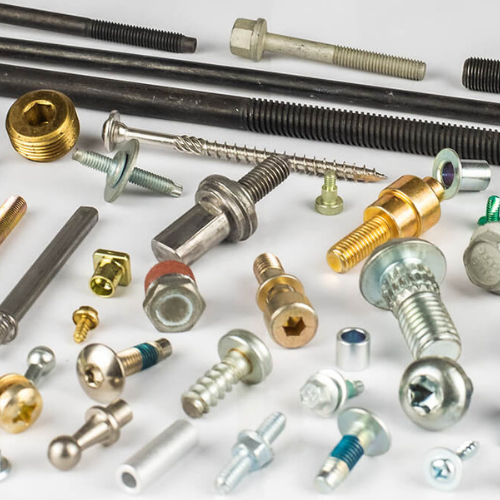
Several fasteners that are frequently produced by cold forming include;
- Screws
- Bolts
- Nuts
- Rivets
And other threaded parts for the aerospace, automotive, and other industries.

Certain bearing types, including;
- Ball bearings
- Roller bearings,
Stainless steel balls can be produced using cold-forming procedures.

Due to the extreme strength requirements and precision required, some medical products, such as;
- Orthopedic implants
- surgical tools are created via cold-forming procedures.
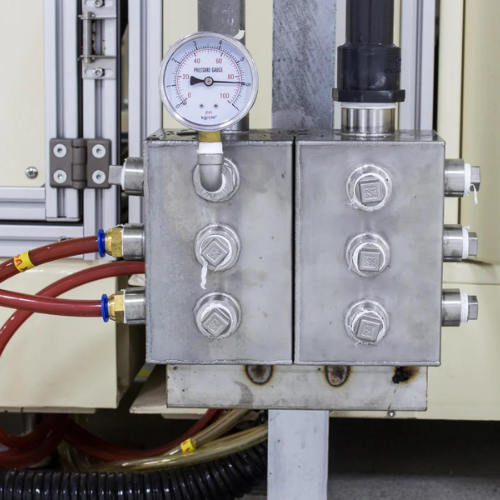
In hydraulic and pneumatic systems, cold-formed components like;
- Fittings
- Couplings
- And valves are commonly used.

Cold forming is used to create hardware such as;
- Anchors
- Screws
- And brackets that are required in construction.

Cold forming can be used to create components for the energy sector, including;
- Power generation
- Distribution equipment.
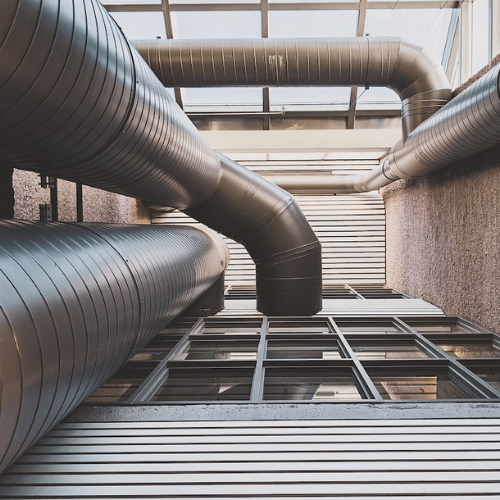
Cold forming is used in the production of plumbing and HVAC components, such as;
- Couplings
- Connectors
- Pipe fittings
A Few Advantages of Cold Forming

Waste material needs to be removed to get the intended outcome in other manufacturing processes, such as machining.

Cold forming is an expeditious process. It can create 100 items per minute for some producers. Even better, the speed is matched by consistently accurate and high-caliber outcomes.

The process of cold forming, sometimes referred to as “work hardening,” gives the part strength while preserving the material’s grain structure.

Cold forming, as opposed to hot forging, does not require additional energy to heat the material prior to manufacturing.
Cold Forming Process
Shearing, drawing, bending, and squeezing are the four main categories of cold forming. There are several distinct methods for forming metal at almost room temperature that fall under each of these categories.
- Squeezing includes heading, thread rolling, cold rolling, forging, extrusion, and more.
- Bending includes bending rolls, bending angles, and more.
- Shearing includes cutting, piercing, and blanking.
- Drawing techniques include embossing, wire drawing, and tube drawing.
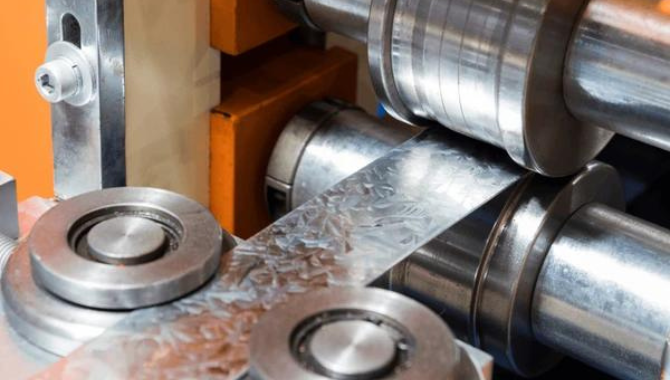
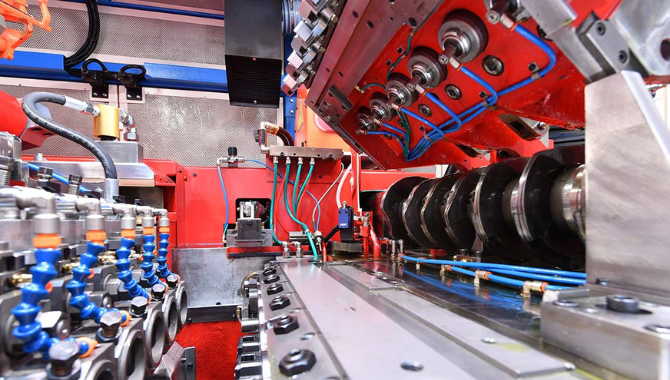
A Few Disadvantages with Cold Forming
Dimensional Limitations – A wider fastener diameter necessitates more pressure to crush the material into the proper form. A cold forming machine big enough to handle any size fastener could be built.
Limitations of Shape – For some specialty parts with odd shapes, material cutting is still required even with the advancements in cold-forming procedures. As such, they better fit the machining process.
Pertaining to Materials – Some materials work better for cold forming than others, as was already mentioned. A variety of metals can be used, but if you limit yourself to the most effective ones, the outcomes will be better.

Many metals can be used for cold forming. As an illustration:
- Carbon steels
- Aluminum
- Stainless steel
- Copper
- Nickel Alloys
- Brass
- Lead
- Aerospace Alloys
- Alloy steels
- Bronze
- Titanium
- Precious metals
Some materials, like cast iron, are just too brittle to use in this way.

Premium components are produced by cold forming. They require little further surface procedures because of their excellent surface finish. A few recommendations for cold-forming techniques are included below.
- Apply reasonable margins of error to every measurement.
- Prevent undercuts, chamfers, and sharp corners.
- If you can, specify the simplified geometry.
- Call out practical concentricity, flatness, & parallelism.
- Specify the necessary levels of functional surface polish.
- Think of materials that have been designed for cold shaping.
- Recognize what the design’s mechanical specifications are.
Cold forming is done at room temperature or slightly warmer than hot forming, which works with metal at higher temperatures.
Yes, highly precise production of complicated and intricate structures is possible through cold-forming methods like extrusion and precision machining.
Many benefits come with cold forming, however, not all materials or geometries may be a good fit. Cold forming can provide difficulties for some metals, such as cast iron.
Because there is less material waste and less energy used than in hot forming, and in some situations, no secondary machining is required, cold forming frequently has cheaper production costs.
Due to its generally lower energy requirements and reduced greenhouse gas emissions, cold forming can be seen as a more environmentally friendly technique than hot forming.



